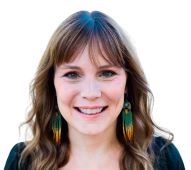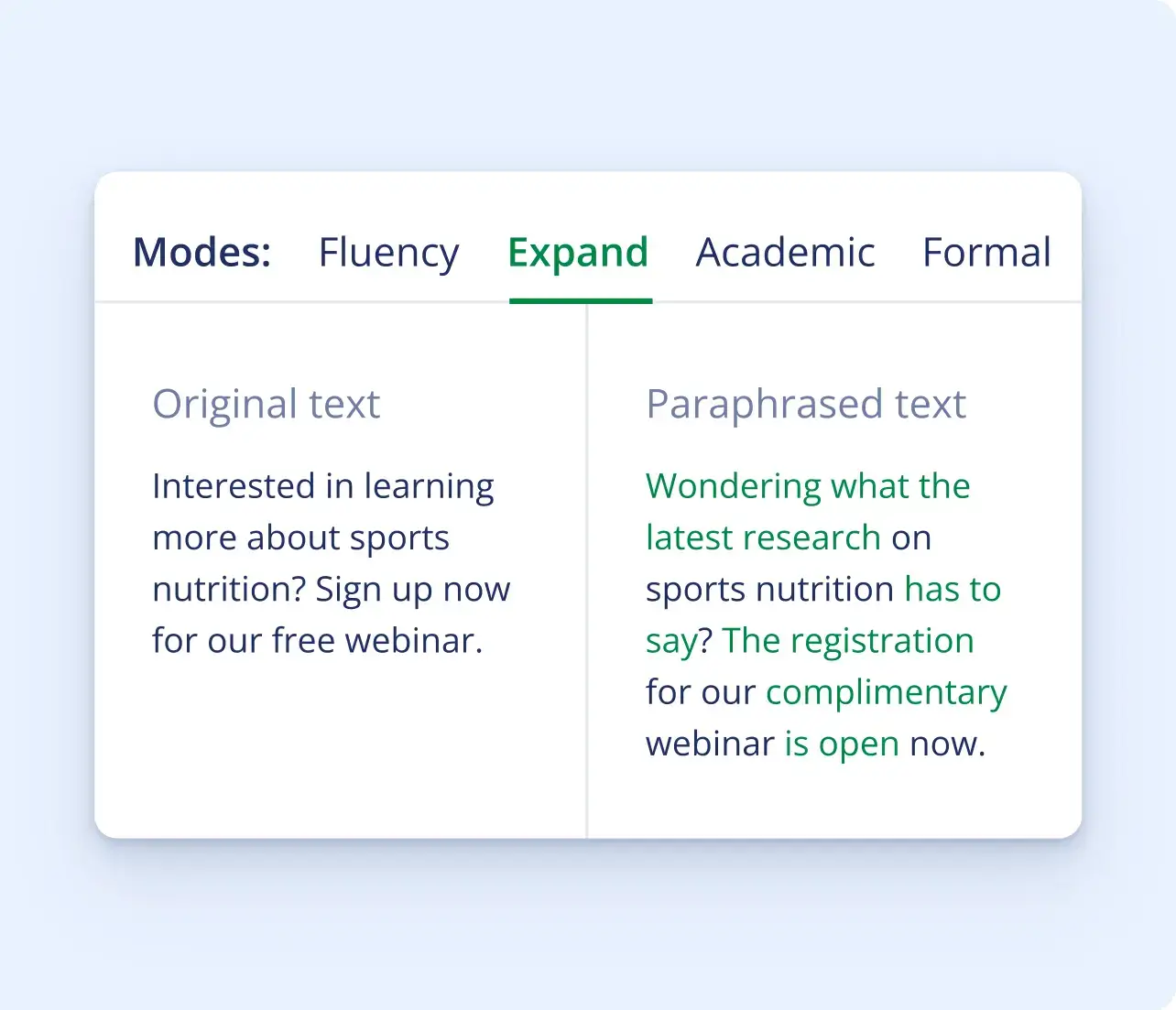How to Write a LinkedIn Summary | Examples & Tips
A LinkedIn summary is a description of your professional background, skills, and values in the “About” section of your LinkedIn profile. It’s visible to all LinkedIn users, and it reads like a story. The best LinkedIn summary examples grab the attention of people who want to hire you or collaborate with you.
Whether you’re using LinkedIn to connect with others, promote your business, or apply for jobs, your LinkedIn “About” section should be original and up-to-date. The first 4 lines of your LinkedIn summary are especially important because they’re the most visible.
The following tips and examples show how to write a LinkedIn summary that showcases your talent and maximizes your LinkedIn profile’s impact.
Navigating school with ADHD isn’t easy, but you don’t have to do it alone. As a certified executive functioning coach, I work with students 15 and older and help them develop strategies to succeed. [After this opening paragraph, this summary would describe the LinkedIn member’s background in more detail.]
What is a LinkedIn summary?
A LinkedIn summary is the same thing as your LinkedIn “About” section. It’s a 200–500- word, first-person overview of who you are professionally, what you’ve accomplished, and what skills you have to offer. You can think of the LinkedIn “About” section as a miniature version of a professional autobiography.
The “About” section on LinkedIn has space for up to 2600 characters, so most people write a few short paragraphs (with complete sentences) or a combination of paragraphs and bulleted lists. The length of a good LinkedIn summary is similar to the length of a cover letter, but the target audience is much broader (e.g., all potential employers in your field).
The most effective LinkedIn summary examples include these types of details:
- A catchy opener that piques the interest of potential connections
- A description of your current role (or most recent role if you’re between jobs)
- An overview of your past roles, highlighting the main accomplishments
- Details about your professional persona, including your priorities, values, mission, or unique perspective
- A call-to-action that invites your target audience to connect with you or contact you
If you draft your summary in a Word document or Google doc, you can easily check the word or character count to find out if it should be longer or shorter.
How to write a LinkedIn summary
Writing a good LinkedIn summary may seem challenging at first, but it’s much more manageable when you follow these steps.
- Get the reader’s attention
- Describe your current specialty
- Summarize your past roles
- Showcase your “why”
- End with a call-to-action
You might even jot down some characteristics of your favorite summaries so that you can implement those strategies in your own summary.
Get the reader’s attention
Start your LinkedIn summary with a 2–4 attention-grabber about the type of work you do and why you’re especially motivated or qualified to do it well.
When people visit your LinkedIn page, they can only see the first 4 lines of the “About” section at first. To see the rest of your LinkedIn summary, visitors have to click “see more,” so these first 4 lines should compel them to do just that.
If you’re seeking a career change, you can also mention the shift that you’re planning to make in this introductory paragraph.
Describe your current specialty
After your hook, in a short paragraph (up to 4 lines), provide an overview of your main role, career specialty, or area of expertise. What is your most recent job title, and what has that work entailed?
In this part of your LinkedIn summary, include the specific skills you have and tools you know how to use, prioritizing those that appear frequently in the job postings that appeal to you.
Summarize past roles
Next, in another 1–2 paragraphs, provide a summary of the roles you’ve held in the past, keeping these goals in mind.
- Include your total years of experience.
- Describe the most relevant past jobs you’ve held, focusing on your main achievements rather than duties.
- Connect the dots between your current and past professions by explaining which soft skills helped you to succeed across different jobs.
Showcase your “why”
Another step for making a good LinkedIn summary is to explain your “why”—the main reason(s) why you’re motivated to work in a certain field. What real-world problems are you hoping to solve? What type of people are you trying to help, and how do you hope to make their lives better?
End with a call-to-action
Finally, end the LinkedIn About section with a call-to-action to connect with you or contact you (similar to how you’d end a cover letter). Some LinkedIn users share an email address here. What do you hope visitors who aren’t already in your network will do after they read your summary? Be clear about whether you’re seeking new connections, clients, or a job.
LinkedIn summary examples
These LinkedIn “About” section examples illustrate how to showcase your unique value and entice other LinkedIn members to connect with you or contact you.
In the first example, a former teacher and EdTech training specialist hooks the reader with an opening paragraph about her core beliefs and main area of expertise. She then outlines her most impressive achievements and connects the dots between her teaching background and her current position as a training specialist for a reading software company.
I’m an EdTech training specialist and former teacher who values direct instruction and actionable steps. By the end of my training sessions, teachers know exactly how to leverage reading software to close achievement gaps and inspire lifelong readers.
During my 4 years in EdTech training and customer success, I’ve provided schools with customized training solutions and ongoing support in science-of-reading software. Not only have I experienced a 100% retention rate with all of my clients, but their students have in turn experienced an average of 50% pre-to-post gains on national literacy assessments.
My success with EdTech training is grounded in 5 years of experience as a reading teacher, where I experienced the impact of high-quality reading interventions firsthand. While engaging with high-interest, gamified digital content, students in my classroom gained an average of 3 weeks of reading growth per week
With a deep understanding of literacy instruction and classroom realities, I tailor every training session to the needs of real educators in real classrooms. I also show teachers how to tailor science-of-reading software to their own students’ needs.
The literacy crisis is one of the most urgent issues of our time, but the right tools, used the right way, can make a difference.
If you’d like to discuss new innovations in reading software or new opportunities in the EdTech space, feel free to send me a DM or an email at [email protected]. Let’s collaborate!
When you’re writing your LinkedIn summary, think about what your target audience values most. Do they appreciate logic, compassion, or creativity and innovation? Tailor the tone of your LinkedIn summary to those values.
Also match the total length, paragraph structure, and sentence types to the summaries of other LinkedIn members in your field. For example, if most people are combining paragraphs and bulleted lists, you should too.
In this next LinkedIn summary example, a journalism student who is seeking summer internships showcases her passion for civic engagement and her achievements in previous internships and courses.
When I redesigned the Eagleton 4H website as a class project, I never expected to double our traffic, but that moment confirmed something important: Creative communication can make a real difference in a community.
I’m currently a journalism student at Springfield University with a focus on public relations and digital media. My specialties include web content creation, copywriting, and multimedia storytelling. I’ve developed skills in WordPress, Premiere Pro, and SEO copywriting, all aimed at connecting people to the information and services that matter most.
In past internships, I’ve written feature stories for local charity events, designed web and newsletter content that reflected Gen Z and Millennial trends, and managed weekly communications for a Science Olympiad team, leading to stronger community involvement and successful fundraising. My work is fueled by curiosity, creativity, and civic pride.
What drives me most is the belief that great storytelling and effective design can strengthen civic life. Whether it’s a press release, a social media reel, or a city newsletter, I create content that informs and inspires.
Now, I’m seeking additional internships where I can continue growing under experienced mentors. If you’d like to discuss upcoming opportunities or share ideas about community outreach, I’d love to connect!
Review multiple job postings for the role you’re seeking, and keep a list of phrases that are used most often. These are the keywords that your LinkedIn summary should include.
Did you know that you can prompt the QuillBot AI Chat to add keywords to your job application materials? Simply type in a prompt like this one with your LinkedIn summary and list of keywords in the curly brackets:
- I would like you to revise this LinkedIn summary {paste summary here} to include these keywords {add keywords here}.
Frequently asked questions about LinkedIn summaries
- How do I find my LinkedIn URL?
-
You can find your LinkedIn URL in the top right corner of your LinkedIn profile under “Public profile & URL” (beneath “profile language”). You must be logged into LinkedIn to see it, and it looks like this: www.linkedin.com/in/first-last-123456789.
The URL for your LinkedIn profile is helpful to include with your other contact information on your resume or cover letter if you’d like potential employers to see your LinkedIn summary, LinkedIn recommendations, or other details.
When you’re writing or updating your LinkedIn and need grammar help, the QuillBot Grammar Checker will instantly find and fix typos so that your LinkedIn profile makes the best possible impression.
- What’s the best time to post on LinkedIn?
-
The best time to post on LinkedIn is between 10 a.m. and 2 p.m. from Tuesday through Thursday. During this time window, people are settled into their workday and motivated to catch up on news.
Mondays and Fridays are less ideal for LinkedIn posts because people are transitioning from the weekend to work mode (or vice versa). For example, on Fridays, people are usually busy finishing up their work for the week.
When you do post on LinkedIn (or update your LinkedIn summary), it’s important to sound professional and use concise word choices. If you want to check the tone or wordiness of something before you post, try running it through QuillBot’s free Paraphraser.

